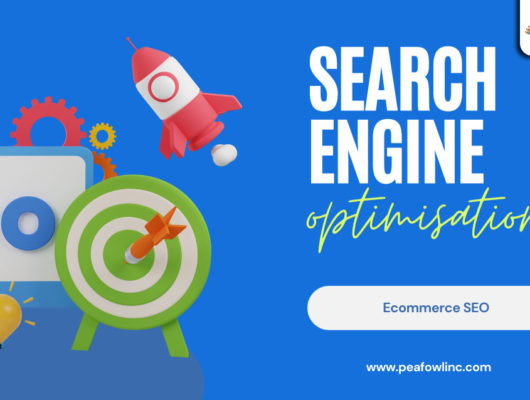Lift and shift is a widely adopted application migration strategy that involves moving an application from its existing on-premises infrastructure to a cloud-based environment. This approach aims to transfer the application as-is, with minimal modifications to its architecture or underlying code.
The essential advantage of the lift and shift strategy is its ability to expedite the migration process. By avoiding extensive changes to the application, organizations can quickly transition their workload to the cloud and start benefiting from its scalability and flexibility. This approach minimizes the time and effort required for application refactoring or redesign.
Key Considerations
- Similar to most migration strategies, this migration strategy necessitates careful upfront planning. Merely running the application successfully on traditional hardware servers or on-premises VMs does not guarantee flawless cloud operation.
- It is crucial to thoroughly examine all connections to and from the application and data. Determine the expected lifespan of the application and data. If it is shorter than 12 months, migrating it to the cloud may not be worthwhile.
- Consider the number and types of access required for the application and data. Additional analysis is necessary to determine how to provide access to other APIs and data not included in the code or data being moved.
- Many cloud hosting providers offer automated tools designed explicitly for migrating standalone applications and data. Evaluate the tools your chosen cloud hosting provider provides to assess their suitability for your specific situation. These tools often enable you to swiftly perform a “test” migration and resolve any architectural issues in the cloud environment.
- Suppose you have multiple applications that fall into the “lift and shift” category for cloud migration. In that case, creating a runbook that automates multiple migrations in a batch operation might be prudent.
- This migration strategy can serve as a preliminary step toward a broader strategy. Numerous organizations possess smaller applications and data sets that could benefit from consolidation and refactoring to leverage native-cloud capabilities. It is often more convenient to perform the refactoring process in the cloud when all applications and data are already in the same environment.
- Even with this migration strategy’s relative simplicity and speed, thorough testing remains essential after the migration is completed. Ensure that your existing test suite can be executed against the application in the cloud environment.
- All existing application, data compliance, and regulatory requirements will remain unchanged once the application is in the cloud environment. Ensure you address all these requirements when setting up the cloud environment, enabling you to conduct regular validation testing following the migration.
- Like any other project, closely manage scope creep. It is tempting to enable additional features in the cloud that may benefit the application. However, a functioning application may only require some of these features. The ease of activating such features can result in extensive testing hours to validate that new bugs have yet to be introduced.
- Before considering migrating this application and its data to the cloud, it is essential to evaluate its expected lifespan. If the projected lifespan falls below 12 months, proceeding with the cloud migration may not be financially viable or advantageous. In such cases, the cost and effort of transitioning the application to the cloud outweigh the potential benefits and advantages of cloud infrastructure.
Overview
The points above in the “Key Considerations” section emphasize that the lift and shift strategy can present unexpected complexities. It is advised by the engineers at PeaFowl Inc that regardless of the type of cloud migration, it is crucial to dedicate sufficient time to thorough analysis and evaluation of your applications and data. Investing in this upfront planning work will save countless hours of wasted effort from an appropriate migration strategy choice. As an integral part of any cloud transformation strategy, it is essential to have a comprehensive plan in place to assess your entire application and data portfolio.
The evaluation process should encompass a comprehensive review, categorizing your portfolio into distinct levels. The lift-and-shift (rehost) strategy can bring significant advantages to numerous applications, providing a valuable learning experience for initial cloud migrations.







